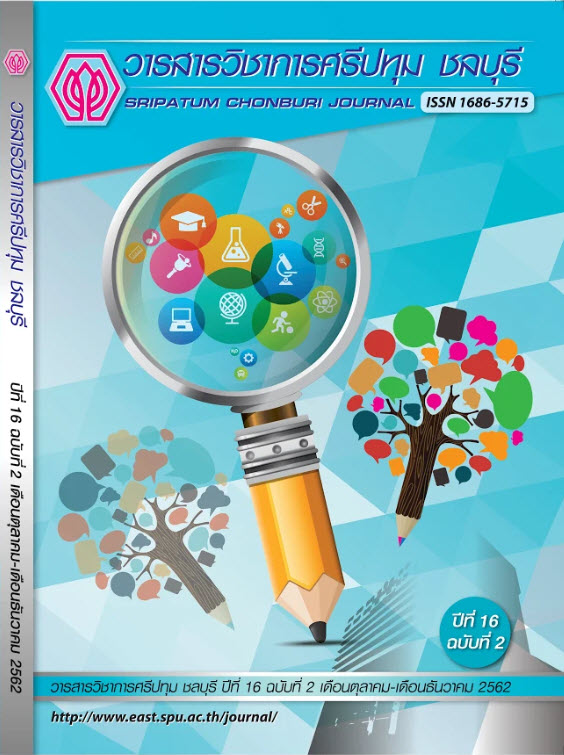CREATIVE TOURISM THAILAND SUPPORT BY AVIATION INDUSTRY
Keywords:
aviation industry, tourism industry, low cost airlinesAbstract
Nowadays, the tourism industry has considerably expanded due to more choices of low-cost airlines-it is benefit for tourists travel easier. The economy has grown from tourism to service industries-it is resulting in heavy use of tourism resources and to maintaining effective tourism resources. The promotion guideline for creative tourism, natural resources, and tourism resources of Thailand are sustainable. This article aims to analyze the important role of the aviation industry that encourages the potential of tourism in Thailand and with the sustainability of tourist attractions. By using creative tourism guidelines and access to the identity of Thailand. The industry is very important in driving the tourism industry today. In Thailand, there are many places where creativity is embedded in cultures, ways of life, traditions and communities. There are beautiful natural attractions in Thailand. Worthy of conservation The tourists will then decide to travel to various places by plane because it is convenient, fast and safe by creative tourism as a means of tourism that helps preserve nature and architecture, which is a beautiful tourist destination in Thailand. And in promoting the success of creative tourism in Thailand, it is important to analyze the strengths, weaknesses, opportunities or obstacles to understand the basic conditions of tourism in Thailand which could formulate appropriate strategies to develop suitable guidelines to support tourism in Thailand.
References
ชูวิทย์ มิตรชอบ. (2553). เศรษฐกิจสร้างสรรค์แนวคิดใหม่ในการขับเคลื่อนเศรษฐกิจไทยในทศวรรษหน้า. เศรษฐศาสตร์สุโขทัยธรรมาธิราช, 5(1), หน้า 81-114.
นำชัย ทนุผล. (2557). เอกสารประกอบการเรียนการสอน รายวิชา 761 826 สัมมนาทางวิชาการการจัดการอุตสาหกรรมการบริการและการท่องเที่ยว. เชียงใหม่: มหาวิทยาลัยแม่โจ้.
มรกต กำแพงเพชร. (2553). ผู้ประกอบการไทยในยุคเศรษฐกิจสร้างสรรค์. FEU Academic Review, 3(2), หน้า 52-56.
Garrod, B., & Fyall, A. (1998). Beyond the rhetoric of sustainable tourism?. Tourism Management, 19(3), pp. 199-121.
Grundey, D. (2008). Managing sustainable tourism in Lithuania: Dream or reality?. Technological and Economic Development, 14(2), pp. 118-129.
International Civil Aviation Organization (ICAO). (2012). Global aviation and our sustainable future
(Online). Available: http://www.icao.int/environmental-protection/Documents/ RIO+20_
booklet.pdf [2017, February 9].
Landry, C. (2000). The creative city: A toolkit for urban innovators. London, UK: Earth Scan.
Pomering, A., Noble, G., & Johnson L. W. (2011). Conceptualising a contemporary marketing mix for sustainable tourism. Journal of Sustainable Tourism, 19(8), pp. 953-969
Richards, G. (2010). Creative tourism and local development. In Wurzburger, R. (Ed.), Creative tourism: A global conversation how to provide unique creative experiences for travelers worldwide: At present at the 2008 Santa Fe & UNESCO international conference on creative
tourism in Santa Fe (pp. 78-90). Santa Fe, NM: John Wiley & Sons.
World Tourism Organization (UNWTO). (2016). Tourism highlight 2016 edition (Online). Available:
http://www.e-unwto.org/doi/pdf/10.18111/9789284418145 [2017, February 5].
Downloads
Published
Issue
Section
License
บทความทุกบทความเป็นลิขสิทธิ์ของวารสารวิชาการศรีปทุม ชลบุรี



